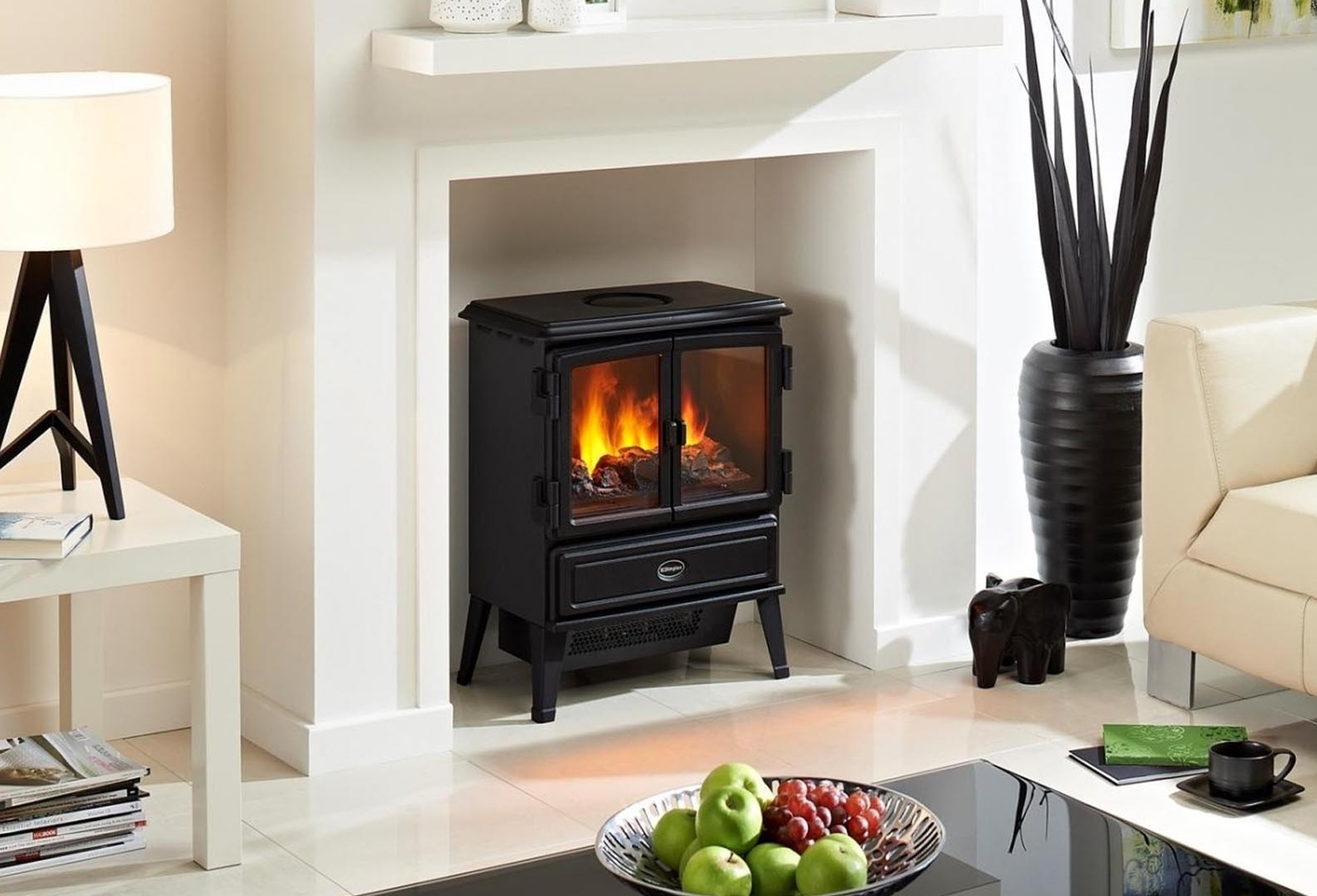Pellet fireplaces achieve high combustion efficiency through a combination of design features, advanced technology, and the characteristics of the pellet fuel.
One fundamental aspect contributing to efficiency is the use of pellets as a controlled and uniform fuel source. Pellets, made from compressed sawdust and wood waste, have consistent size and density. This uniformity ensures an even combustion process, allowing for optimal energy extraction.
The low moisture content of pellets is another crucial factor. Compared to traditional firewood, pellets have minimal moisture, making them easier to ignite and facilitating a cleaner, hotter burn. This characteristic reduces the energy needed to burn off excess water.
Automation plays a significant role in achieving efficiency. Pellet fireplaces often feature automated ignition systems that use electric igniters to start the combustion process consistently. Electronic controls and sensors continually monitor and regulate the combustion process, adjusting the pellet feed rate based on temperature settings and real-time conditions.
Adjustable air supply mechanisms are integrated into many pellet stoves. Controlling the amount of air entering the combustion chamber is essential for maintaining the right air-to-fuel ratio. This adjustment capability allows users to optimize combustion for higher efficiency.
Some pellet fireplaces incorporate secondary combustion chambers. In these systems, additional air is introduced to the combustion gases, promoting a second round of burning. This secondary combustion extracts additional heat from the gases, increasing overall efficiency and reducing emissions.
Heat exchangers are common features in pellet stoves, capturing and transferring heat from the combustion process to the surrounding air. This ensures that a greater percentage of the energy from the pellets is utilized for heating.
The thermal efficiency of pellet fireplaces is enhanced through design considerations such as insulation of the combustion chamber to retain heat and the use of reflective surfaces to direct heat towards the living space.
Clean burn technology is employed in many modern pellet fireplaces. This technology optimizes combustion to minimize emissions, ensuring that the combustion process is environmentally friendly and meets regulatory standards.
Regular maintenance is essential to sustain high combustion efficiency. Cleaning the burn pot, removing ash, and inspecting components help ensure that the fireplace operates at peak performance.
In summary, the high combustion efficiency of pellet fireplaces results from the combination of uniform pellet fuel, low moisture content, automated ignition, electronic controls, adjustable air supply, secondary combustion, heat exchangers, thermal efficiency considerations, clean burn technology, and regular maintenance practices. Together, these elements contribute to the effectiveness and sustainability of pellet fireplaces as an energy-efficient heating solution.

 0086-574-62766180/62766182
0086-574-62766180/62766182






 English
English 中文简体
中文简体













